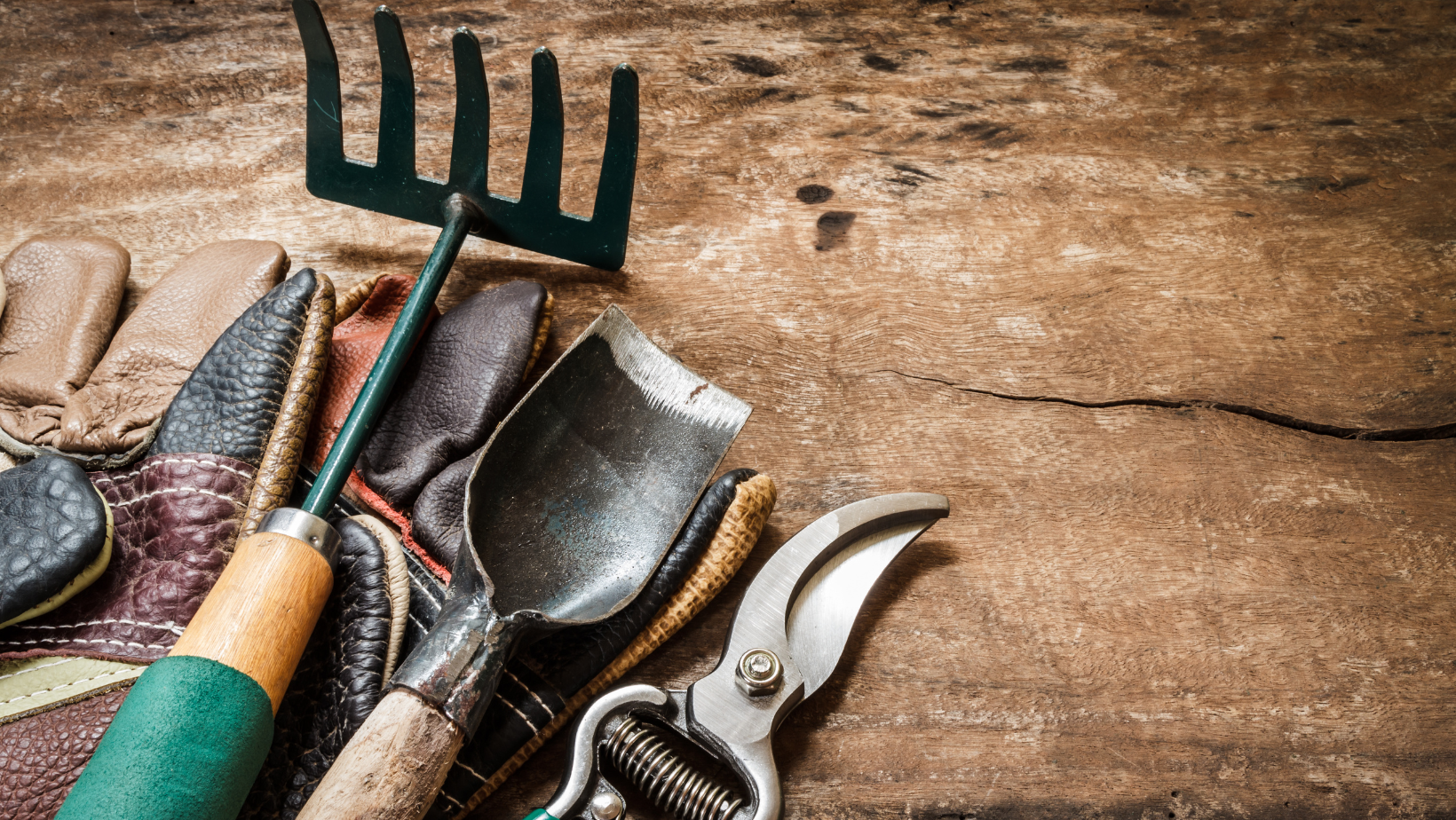Fertilizing is an essential practice for promoting plant health and ensuring robust growth. Whether you’re tending to a lawn, flower beds, or trees, understanding what your plants need and when to fertilize can make a huge difference in their vitality. This guide will break down the basics of fertilization, including the key nutrients like NPK (Nitrogen, Phosphorus, Potassium), the importance of micronutrients, and specific recommendations for lawns, flower beds, and trees.
What is NPK?
NPK refers to the three primary nutrients that are crucial for plant growth:
- Nitrogen (N): Vital for leafy, green growth. Nitrogen encourages healthy foliage and is particularly important for lawns and leafy plants like vegetables and shrubs.
- Phosphorus (P): Essential for root development and flowering. Phosphorus helps plants convert other nutrients into usable building blocks for growth.
- Potassium (K): Supports overall plant health, improves disease resistance, and strengthens plants to withstand harsh conditions, like drought or extreme temperatures.
When you see numbers on a fertilizer package (e.g., 10-10-10 or 20-5-10), these refer to the percentage by weight of nitrogen, phosphorus, and potassium, respectively. For example, a 10-10-10 fertilizer contains 10% nitrogen, 10% phosphorus, and 10% potassium.
Other Essential Micronutrients
In addition to NPK, plants require micronutrients in smaller quantities to thrive:
- Calcium (Ca): Important for cell wall strength and root development.
- Magnesium (Mg): A key component of chlorophyll, which is essential for photosynthesis.
- Sulfur (S): Helps in the production of proteins and vitamins.
- Iron (Fe), Zinc (Zn), Manganese (Mn), Copper (Cu), Boron (B), and Molybdenum (Mo): These trace elements play critical roles in various plant processes, from enzyme function to chlorophyll production.
Most complete fertilizers will include these micronutrients, but soil testing can help determine whether your plants have specific deficiencies that need to be addressed.

Fertilizing Lawns
Lawns, especially those in regions like the Central Valley with hot summers, benefit greatly from a regular fertilizing schedule:
- Nutrient Needs: Lawns typically need a high-nitrogen fertilizer to promote lush, green growth. Look for fertilizers with an NPK ratio like 20-5-10 or similar.
- When to Fertilize: For cool-season grasses, fertilize in the early spring and fall. For warm-season grasses, such as Bermuda grass, fertilize in late spring and summer when the grass is actively growing.
- Application Tips: Apply fertilizer evenly across the lawn using a broadcast spreader, and water deeply afterward to help the nutrients absorb into the soil. Note: Always follow the specific instructions on the fertilizer label for best results.
Fertilizing Flower Beds
Flower beds often require balanced fertilizers to support both foliage growth and flower production:
- Nutrient Needs: Choose a fertilizer with a balanced NPK ratio, such as 10-10-10, to support both leafy growth and flowering. If your goal is to boost flowering, opt for a fertilizer with a higher phosphorus content, such as 10-20-10. Use an organic or slow-release synthetic fertilizer for sustained nourishment.
- When to Fertilize: Fertilize in early spring as new growth begins. Depending on the plant type, you may need to apply a second dose during the growing season, typically after the first flush of blooms.
- Application Tips: Apply fertilizer around the base of each plant, taking care not to get fertilizer on the leaves or stems, which can cause burning. Water the flower beds after application to help the nutrients soak into the soil.
Fertilizing Trees
Trees, both ornamental and fruit-bearing, require deep, sustained nutrition to support healthy growth:
- Nutrient Needs: A balanced fertilizer with an NPK ratio of 10-10-10 is generally suitable for most trees. Fruit trees may benefit from a higher phosphorus ratio (e.g., 10-20-10) to support flowering and fruiting.
- When to Fertilize: Fertilize trees in the early spring, just before new growth begins. For younger trees, consider a second application in mid-summer. Avoid fertilizing in late fall as it can stimulate new growth that may not harden off before winter.
- Application Tips: Fertilize around the tree’s drip line (the area directly under the outer circumference of the branches). Water thoroughly after fertilizing to help nutrients reach the roots.

Conclusion
Fertilizing is an essential practice that can help your plants, whether they are lawns, flower beds, or trees, thrive throughout the growing season. Understanding NPK ratios, incorporating necessary micronutrients, and knowing when and how to apply fertilizers will help you achieve a healthy and vibrant garden. Always consider your soil type and conduct soil testing when possible to tailor your fertilization efforts to your garden’s specific needs. For expert advice, visit our local nursery or consult with a professional gardener
Need Assistance? Contact Us at Green Hills Nursery
Selecting the right fertilizers and knowing how to apply them can greatly impact the health and growth of your lawn, flower beds, and trees. If you need guidance on choosing the best fertilizer for your specific plants, understanding nutrient needs, or learning the best fertilizing practices, reach out to Green Hills Nursery. Our team of experts is available to provide personalized advice and solutions to help your garden flourish. Bring in pictures of your garden or a soil sample in a resealable bag for a detailed analysis. We’re dedicated to helping you achieve a vibrant, healthy garden all season long!




